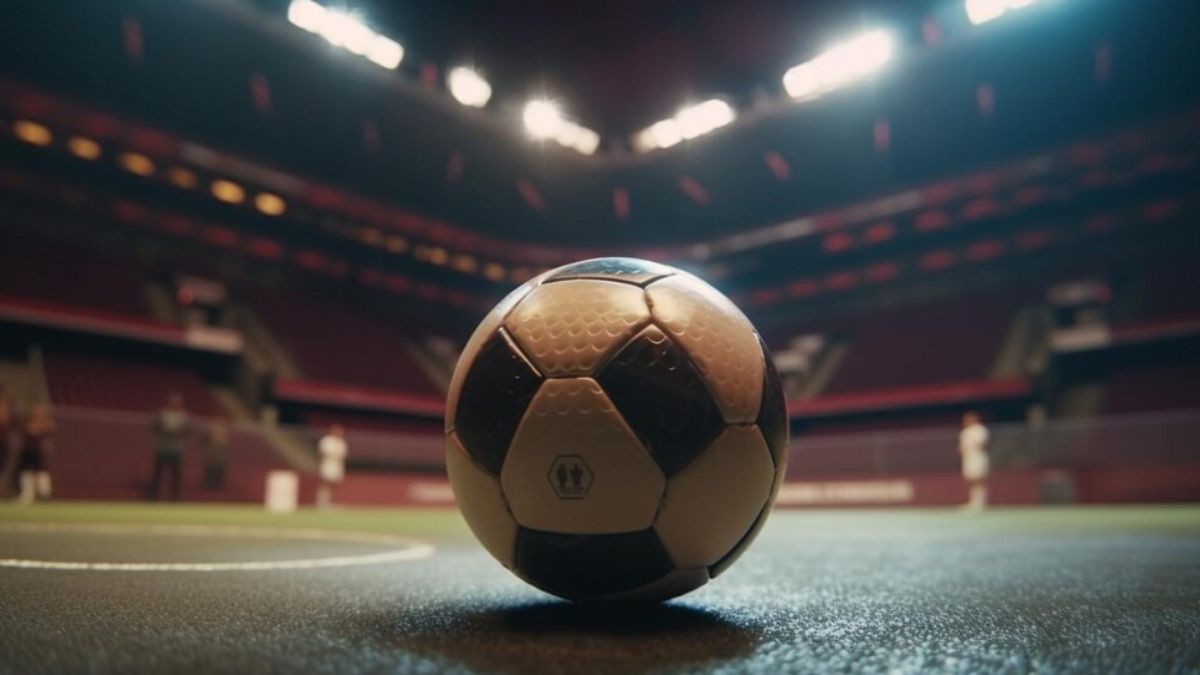In the world of football, few objects hold as much history and tradition as the leather football. For decades, leather footballs have been an integral part of the sport, symbolizing the elegance and craftsmanship associated with the game. In this article, we will explore the evolution, characteristics, and enduring appeal of leather footballs, a cherished icon of the sport as per Pro Sports Hack.
The Evolution of Leather Footballs
The history of leather footballs can be traced back to the early days of the sport, when it was still in its formative stages. The very first footballs were not standardized and could vary widely in size and shape. They were often made from various materials, including inflated pig bladders, and had laces for closure. These early footballs were far from the sleek, uniform spheres we know today.
The first major breakthrough in football design came in the 19th century with the introduction of the rubber bladder. This innovation allowed for greater consistency in shape and inflation. However, the outer covering was still made of leather, giving the ball its distinctive look and feel.
As the sport continued to grow in popularity and standardization became more important, leather footballs underwent further refinements. The advent of the interlocking, hexagonal panel design in the early 20th century, popularized by the famous Tango ball, marked a significant milestone in the development of footballs. This design not only improved the ball’s flight but also made it more durable.
The use of leather as the outer covering persisted through much of the 20th century, with different manufacturers experimenting with various types of leather to enhance performance. Full-grain leather, often sourced from high-quality cowhide, became the gold standard for top-tier footballs.
Characteristics of Leather Footballs
Leather footballs possess several distinctive characteristics that set them apart from their modern synthetic counterparts:
- Feel and Touch: Leather footballs are renowned for their superior feel and touch. The natural grain of the leather provides players with an exceptional level of control over the ball, allowing for precise passes, dribbles, and shots.
- Durability: High-quality leather footballs are exceptionally durable and can withstand the rigors of professional play. Properly maintained, they can last for years, developing a unique patina over time.
- Aesthetics: Leather footballs exude a classic and timeless appeal. Their traditional appearance, with the iconic hexagonal panel design and laces, is a visual representation of football’s rich heritage.
- Flight: Leather footballs are known for their predictable flight characteristics. They tend to have a more consistent and stable trajectory when struck, making them a favorite among skilled players.
- Weight: Leather footballs have a slightly heavier feel compared to modern synthetic balls. This can be an advantage for players who appreciate the added weight for shooting and passing accuracy.
- Maintenance: Leather footballs require regular maintenance to keep them in top condition. Proper cleaning and occasional application of leather conditioners can help preserve the ball’s quality.
The Enduring Appeal of Leather Footballs
While synthetic footballs have gained popularity due to their water-resistant properties and cost-effectiveness, leather footballs continue to hold a special place in the hearts of football purists and traditionalists. Here are some reasons why leather footballs remain iconic:
- Heritage: Leather footballs are a living link to the sport’s past. They evoke a sense of nostalgia and connect modern players and fans to the traditions and history of football.
- Craftsmanship: The process of crafting a leather football is an art form in itself. Skilled craftsmen carefully select, cut, and stitch the leather panels to create a perfectly spherical ball. This craftsmanship is a testament to the dedication and passion that goes into creating each ball.
- Performance: Many professional players and coaches argue that leather footballs offer a superior playing experience. The tactile feedback and control they provide can be a game-changer for those who appreciate the nuances of the sport.
- Collector’s Items: Vintage leather footballs and limited-edition releases have become sought-after collector’s items. These balls often command high prices in the sports memorabilia market.
- Symbolism: Leather footballs represent the heart and soul of the game. They are a symbol of the sport’s enduring popularity and its ability to unite people from diverse backgrounds and cultures.
While leather footballs may not be the primary choice for professional matches today, they continue to be used in special events, exhibition matches, and by enthusiasts who appreciate the authenticity and history they bring to the game.
In conclusion, leather footballs are not merely sporting equipment; they are cherished artifacts that embody the spirit of football itself. Their evolution over the years, from crude early prototypes to meticulously crafted works of art, mirrors the growth and transformation of the sport. While synthetic balls have their advantages, leather footballs remain an enduring symbol of tradition, craftsmanship, and the timeless beauty of the beautiful game. Whether gracing the pitch in a professional match or displayed on a collector’s shelf, leather footballs continue to inspire and connect generations of football lovers around the world.
READ ALSO:Exploring the World of r/soccer: A Digital Pitch for Football Fanatics











